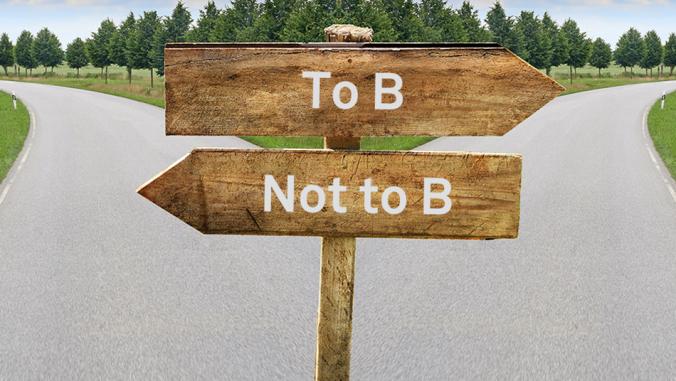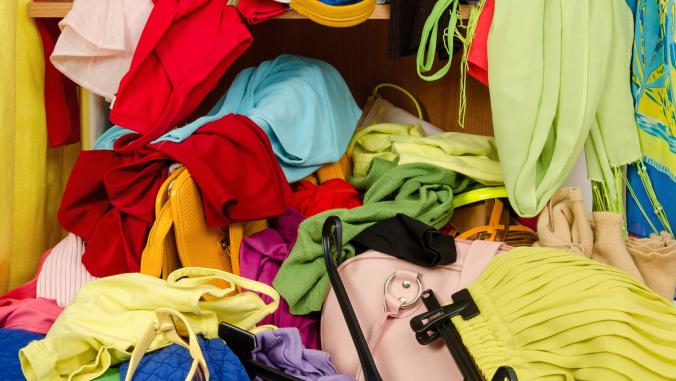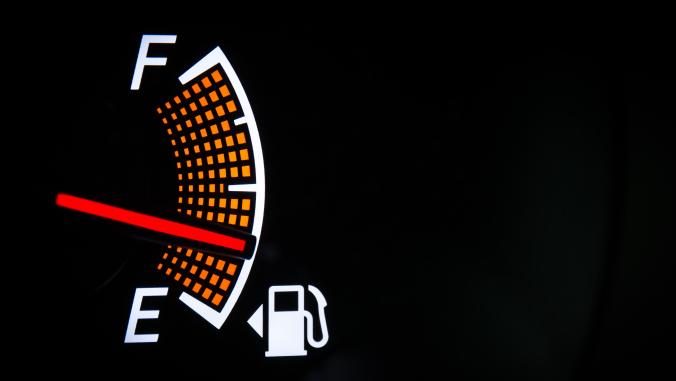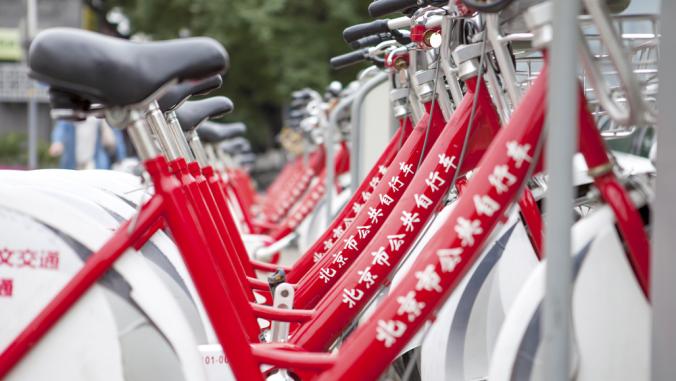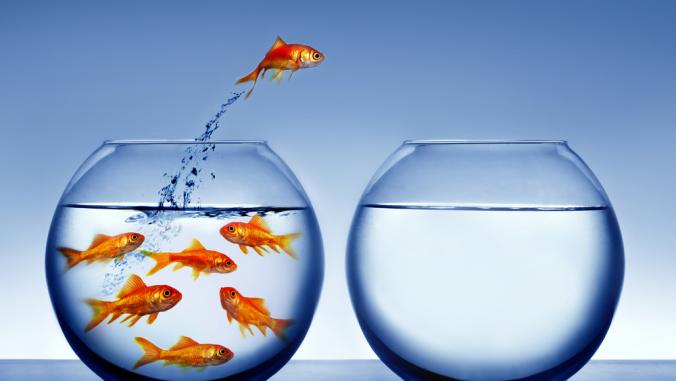Is “sustainable growth” an oxymoron?
Amidst all the talk about companies going “green,” there is a set of question that ought to be asked more often
Amidst all the talk about companies going “green,” there is a set of question that ought to be asked more often: How can companies grow and yet become more environmentally responsible? Given the way most products are made today, isn’t consumption per se nearly always bad for the planet? (I’ll make an exception if what you are buying is a Prius or a CFL bulb or a solar PV panel.) Is “sustainable growth,” a mantra for many forward-thinking companies, an admirable goal–or an oxymoron?
This week’s Sustainability column for Fortune and CNNMoney raises those questions about Procter & Gamble, a company that I admire a lot. (The headline, which I didn’t write, is “Buy toilet paper, save the planet”). Last week, I met Len Sauers, P&G’s vice president of global sustainability. Sauers, 49, is an affable toxicologist (try Googling that!) and a thoughtful executive who is rightfully proud of P&G’s efforts to improve its “environmental profile.” But because P&G, the world’s largest consumer goods company, needs to grow, improving its “profile” is not the same thing as reducing its environmental footprint.
Here’s how the column begins:
Buy a MegaRoll of Charmin bathroom tissue (”It’s 4 Single Rolls in 1!”), and you will help save the planet. You can also score points for environmental responsibility by cleaning clothes with Tide Coldwater, or wrapping your baby’s behind in Pampers.
So, at least, says Procter & Gamble, the $77-billion-a-year consumer products giant whose brands include Charmin, Tide and Pampers, along with Crest, Iams, Gillette, Folger’s, Pringles and many more.
The company has evidence to back up its green claims: Bigger toilet paper rolls mean less packaging and waste. Cold-water detergent saves energy and reduces greenhouse gas emissions. Today’s disposable diapers use less material, which gives them a lighter environmental footprint.
Later, I write:
But there are at least a couple of problems with P&G’s approach to sustainability, and they reflect the challenges that face most big companies face as they try to go “green.” One problem is that P&G won’t ask its customers to pay more, accept any less quality or make any compromises at all to achieve an environmental benefit. Clearly, this limits what the company can do - it won’t, for example, make paper towels out of recycled fiber if the towels don’t work as well with those made from trees.
The second problem is that P&G (PG, Fortune 500) won’t commit to making any absolute reductions in its greenhouse gas emissions, energy use or waste because the company needs to grow. That’s a necessity for a big public company, but it’s not a route to solving major environmental problems. “There’s just so much that one company can do,” Sauers told me.
You can read the rest of the column here. I’d like to know what you think about this issue.

